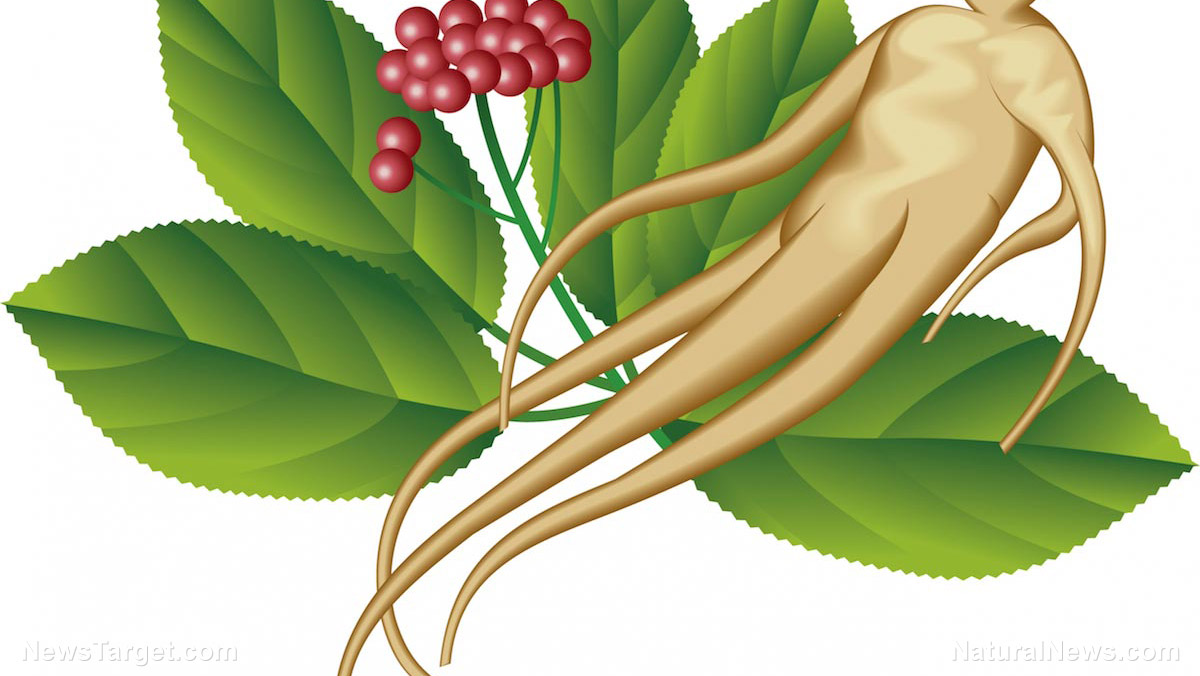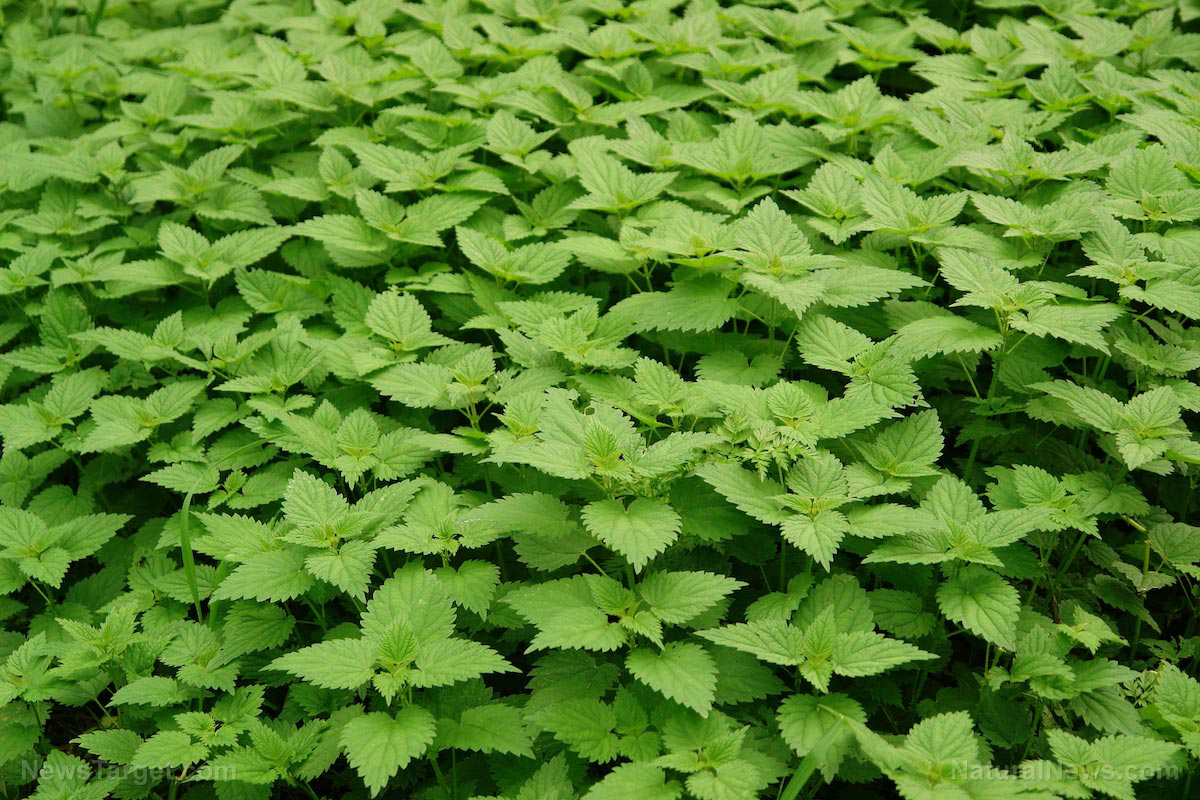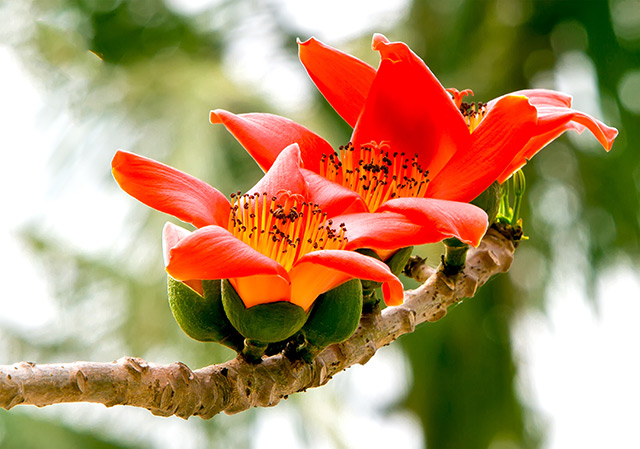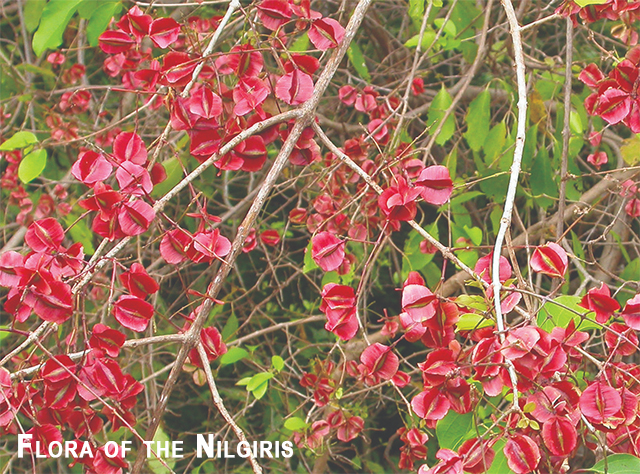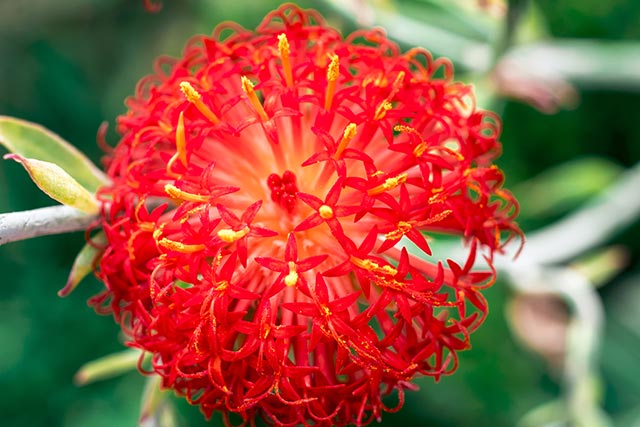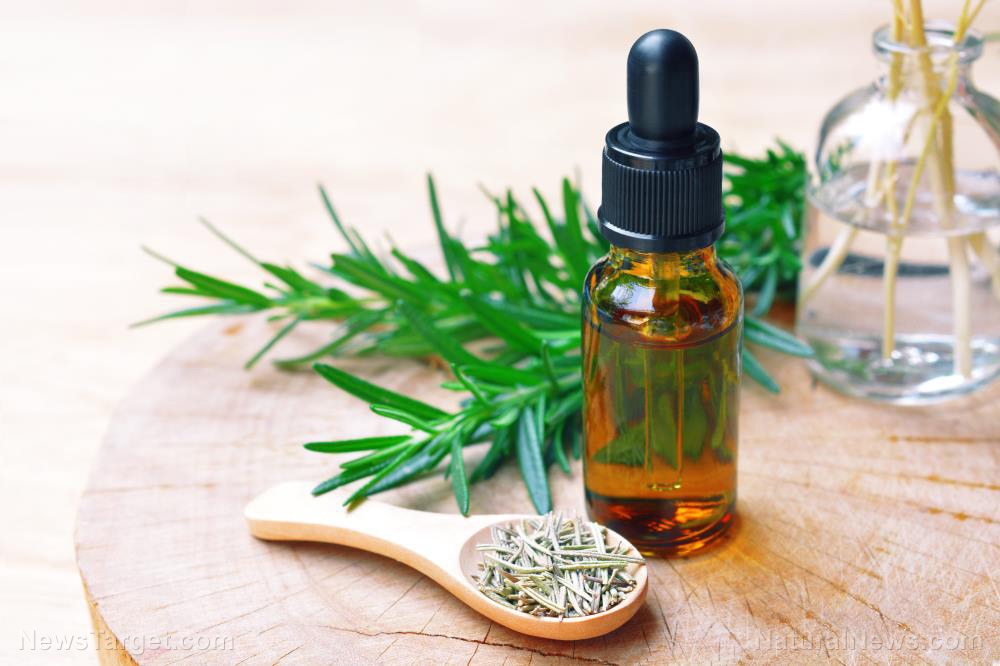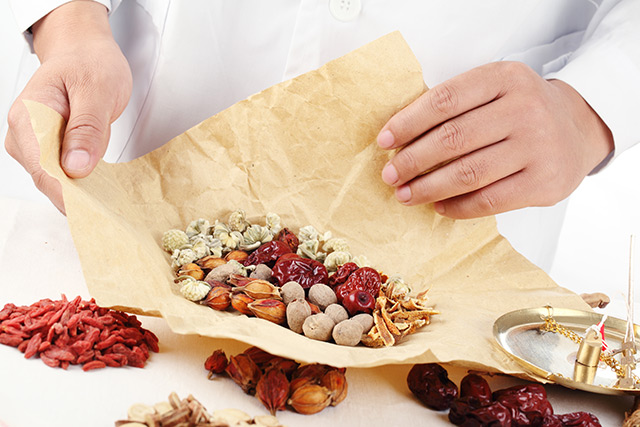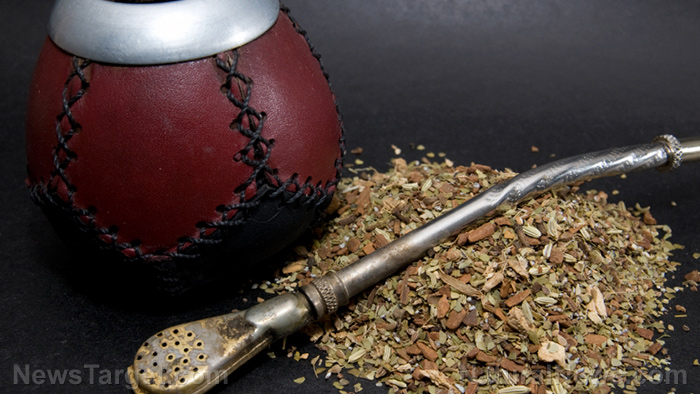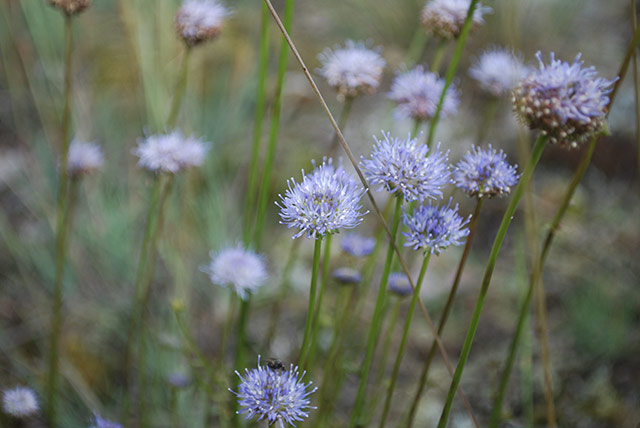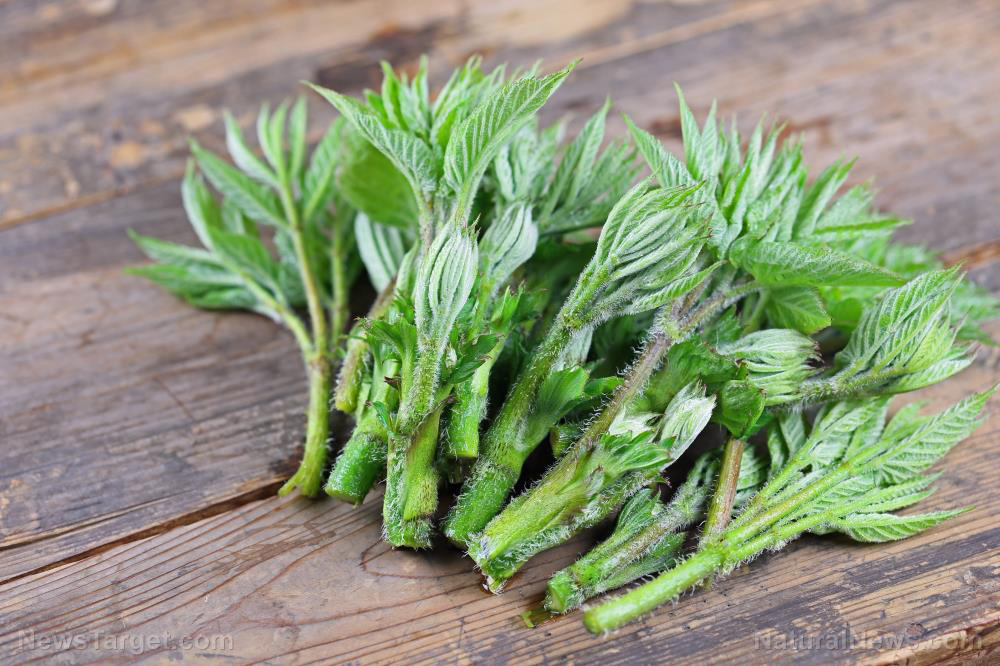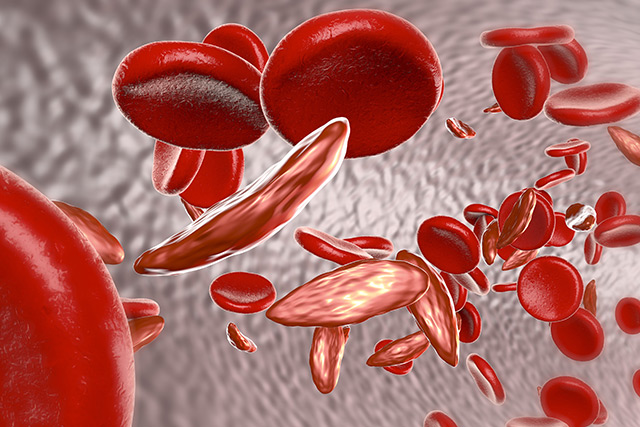Gotu kola, an important oriental medicinal herb, helps cancer patients stay strong
10/19/2018 / By Ralph Flores
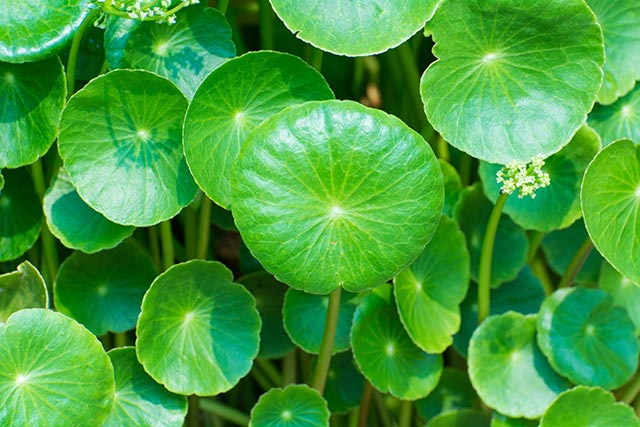
Cachexia, the muscle wasting syndrome that’s seen in chronic diseases such as cancer and diabetes, is typically associated with the rapid progression of the disease, especially in patients with cancer. However, research from the University of KwaZulu-Natal and Stellenbosch Universty in South Africa, together with the Manipal Academy of Higher Education (formerly Manipal University) in India, have suggested that gotu kola, a herb used in Ayurvedic and traditional Chinese medicine, could be used to reduce pro-inflammatory cytokine, which is a biomarker for cancer cachexia.
Cachexia is a factor in rapid decline in health for cancer patients
Multiple factors play a role in the progression of cancer; however, none have been as heavily documented as the role of inflammation in the onset of the disease. In particular, the condition works both ways: It helps with tissue repair and pathogen elimination, but chronic inflammation dramatically increases the likelihood of tumor development, including the development and spread of cancer.
It’s also a factor in the onset of cancer cachexia, a condition characterized by a depletion of adipose tissue and skeletal muscle which results in extreme and abnormal weight loss. In particular, inflammatory cytokines in the immune system, together with oxidative stress and programmed cell death (apoptosis), work in concert to decrease fat production in the adipose tissue, causing the hallmark “muscle wasting syndrome.”
As cachexia progresses, it adversely impacts a cancer patient’s survival rate. A study in the American Journal of Medicine indicated that a weight reduction of more than five percent is associated to “poor response to therapy and shortened survival.”
In the study, the team highlighted the need for an inexpensive treatment for cancer cachexia. They turned to gotu kola (Centella asiatica L.), a plant native to India, China, and South Africa, which has been used in traditional medicine because of its ability to protect the heart and the liver, as well as its antioxidant and anti-inflammatory activity. Earlier studies have revealed that gotu kola inhibited that growth in many cancerous cell lines.
“There is a need for the discovery of an inexpensive cancer cachectic treatment,” they wrote in their report. “The ability of a plant extract to regulate inflammatory cytokines and cell death may elevate cancerous cell death, and diminish tissue wasting.”
To test their theory, the team created an extract using powdered gotu kola leaves and ethanol. The resulting compound, which they called C. asiatica ethanolic leaf extract (CLE), was used in multiple assays. The extract was tested against 2,2-diphenyl-1-picrylhydrazyl (DPPH), a stable free radical commonly used to evaluate antioxidant activity. To determine its viability, CLE extract was tested against immune cell types called peripheral blood mononuclear cells (PBMCs) and leukemic THP-1, a cell present in acute monocytic leukemia.
The researchers also measured CLE’s cytotoxic properties for both PBMC and THP-1, as well as cytokine and glutathione levels. Cytokine levels – in particular, interleukin (IL) – were recorded as these were linked to inflammation that contributes to cachexia. Glutathione, an antioxidant present in CLE, was measured for its activity using a 24- and 72-hour cycle.
CLE’s ability to regulate apoptosis was measured by its ability to activate caspase, while cell viability after treatment was measured using adenosine triphosphate (ATP), which stores energy in the cell.
How gotu kola helps the body deal with cachexia
Overall, the results were positive. Researchers found that gotu kola could be used in treating cancer cachexia, thanks to its anti-inflammatory and anti-tumor activities.
For one, the DPPH assay revealed that CLE possessed high antioxidant activity, which could help decrease inflammatory cytokine levels and oxidation-induced cell death, which are associated with cachexia. Further tests also showed that CLE inhibited the spread of cancer cells from the breast and liver.
CLE exhibited a wide range of effects on inflammatory cytokines, which are linked to the development of tumors and cachexia. In THP-1 cells, the extract reduced IL-6 and IL-1? concentrations, indicating its ability to prevent the progression of tumors and cancer progression, as a whole. It also boosted glutathione levels in PBMCs, giving it a higher defense than that of THP-1 cells even after 72 hours.
Increased caspase activity in THP-1 cells meant that CLE was able to regulate apoptosis in cancer cells after 24 hours. While this effect was not seen after 72 hours, researchers still found a significant decrease in cell viability in THP-1 cells, indicating a different action for impairing its function.
The results not only mean that gotu kola can be used to manage and treat cancer cachexia, but it can also increase a patient’s quality of life.
“The ability of CLE to decrease pro-inflammatory cytokine levels may increase food intake, decrease energy expenditure and possibly combat the negative energy balance associated with cancer cachexia,” they concluded.
Of course, the benefits of gotu kola don’t stop there. In Ayurvedic medicine, it’s known to treat everything from skin conditions to wounds and burns.
Learn how this wonder herb can for you by following Herbs.news today.
Sources include:
Tagged Under: antioxidants, cachexia, Centella asiatica, Glutathione, herbal medicine, Herbs, inflammation, leukemia, natural cures, natural medicine, remedies

